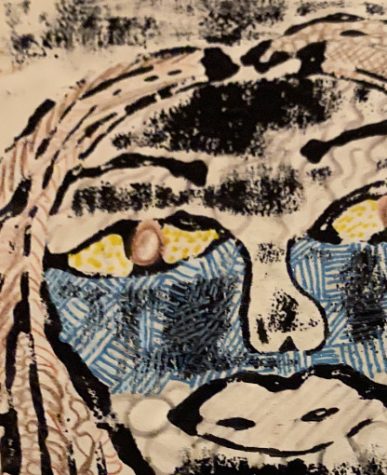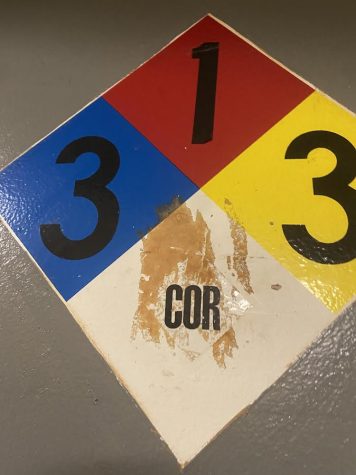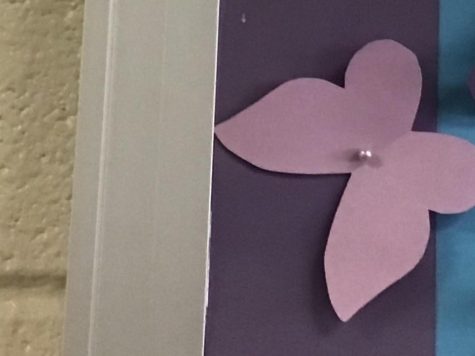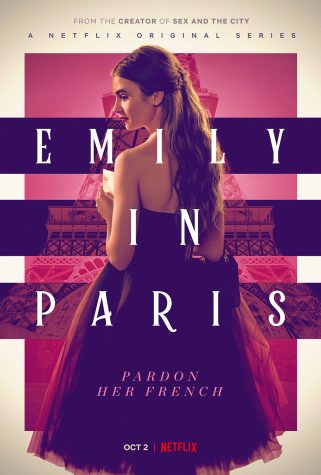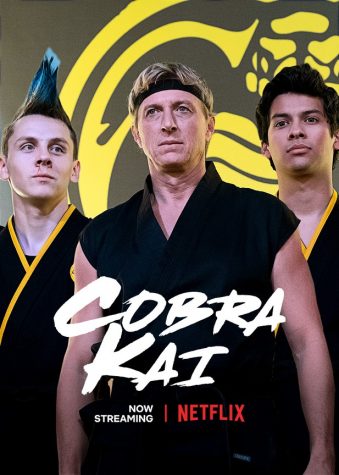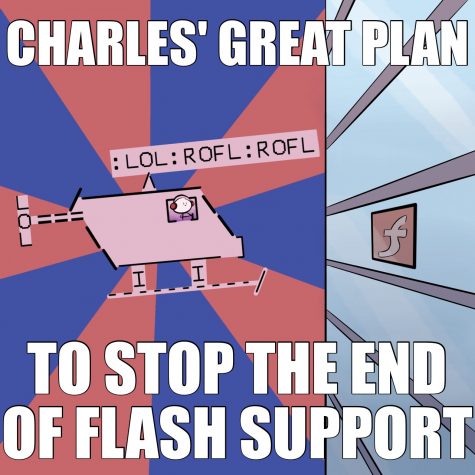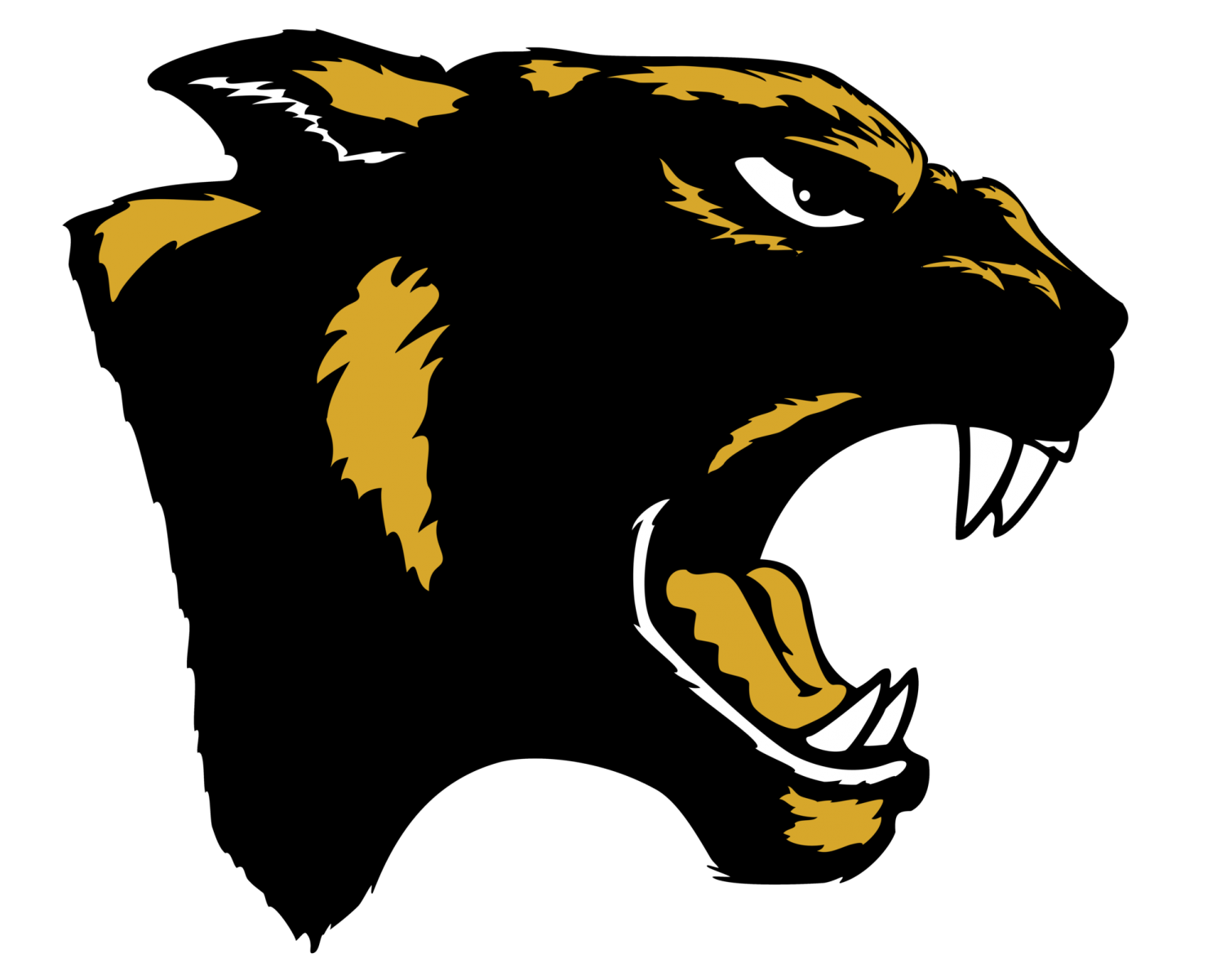10 Banned Books You Should Read
During 2022, book bannings in school libraries across the country have been far more frequent than in previous years; many of the books targeted have included queer or BIPOC characters and experiences. .
Book banning has been around in the United States since 1637. According to Harvard University Library and an article by Atlas Obscura, the first known book banning in the US was in what is now known as Quincy, Massachusetts. The book was considered to be a “harsh and heretical critique of Puritan customs and power structures” (Taub).
Librarian and English teacher, Melanie Elfers explains that “if you look at the history of, of what has been banned or challenged in the past, you’ll notice that it is a response to what’s going on culturally and politically around you.” For example, in the ’90s, books like the Harry Potter series were commonly banned because they contained witchcraft, but now that argument has been mostly abandoned. Elfers says, “It’s often a response to those things that are going on and it really comes from a place of people in the community wanting their values to be reflected in the institutions in their community.” When there are things that challenge the personal values of those in the community, some community members feel the need to ‘save the children’ and protect those around them so they don’t have to experience anything outside of their values.
Currently, many of the books that are challenged feature queer experiences and BIPOC characters. Two books being challenged at Glenbard North are All Boys Aren’t Blue by George M. Johnson and Gender Queer by Maia Kobabe on the basis of them being “pornographic and obscene.” Both of these books highlight the authors’ personal lives and experiences. Elfers says, “To say that those experiences, which are honest and true and genuine, are pornographic and obscene, what does that say about how we process and understand maybe traumatic events or events that maybe make us uncomfortable?”
However, those who have raised concerns about these books often do not even have a connection to the schools where these books are being challenged. “Most of the people who are pushing the challenges right now do not currently have students within the school,” Elfers said. Books are rarely challenged by students or parents who have students within District 87.
On the other hand, some believe there are moments when banning books should be allowed. Anshi Pathak, ’23, says that “book banning should be allowed when the author is using the book to spread rumors and bad stuff about another group of people. For example, if one author who is of another race is spreading wrong things about the Middle Eastern population, and blaming them for attacks like 9/11 and horrible things. Then that book should be banned because it only scapegoats the Middle Eastern population for something that they have no control over.”
The following are some books that are currently being challenged and banned from school libraries in the United States.
Gender Queer: A Memoir – Maia Kobabe
– A graphic novel retelling the author’s, Maia Kobabe, experience growing up as nonbinary and asexual and the difficulties of eir identity.
– Banned for: LGBTQ+ content, considered to have sexually explicit images
Maus – Art Spiegelman
– A graphic novel that tells the story of Vladek Spiegelman—who is a Jewish survivor of the Holocaust—and his son—a cartoonist. This mostly black and white graphic novel illustrates Vladek’s story of survival where Nazis are cats and Jews are mice.
– Banned for: violence, nudity (humanoid mouse caricatures), profanity, disturbing imagery
Flamer – Mike Curato
– A graphic novel about Aiden Navarro as he attends a summer camp between middle school and high school. The graphic novel details his path to self discovery and acceptance as he navigates through friendships, bullies, and a boy he can’t stop thinking about. This book is based on the author’s own childhood and the struggles he went through.
– Banned for: LGBTQ+ content, considered to be sexually explicit
All Boys Aren’t Blue – George M. Johnson
– A collection of personal essays to form a memoir of author, journalist, and activist George M. Johnson’s childhood, adolescence, and adult life as he weaves through bullies, flea markets, sexual relationships, toxic masculinity, family, structural marginalization, and black joy.
– Banned for: LGBTQ+ content, profanity, considered to be sexually explicit
Lawn Boy – Jonathan Evison
– A novel about Mike Muñoz who just got fired from his gig as a lawn boy on a landscaping crew. Desperate to turn his life around, he embarks on a journey to discover himself and search for the secret to the American dream as he encounters social class distinctions, cultural discrimination and learning to stand up for oneself.
– Banned for: LGBTQ+ content, considered to be sexually explicit
The Hate U Give – Angie Thomas
– A novel about 16-year-old Starr Carter as she moves between the two worlds of the poor neighborhood where she lives and the rich suburban prep school she attends. After the fatal shooting of her best friend Khalil at the hands of a police officer, Starr is faced with the burden of knowing that what she does or does not say could destroy her community and put her life in danger.
– Banned for: profanity, drug use, anti-police message
Out of Darkness – Ashley Hope Pérez
– A historical fiction novel that takes place in 1930s Texas as a forbidden love story between a Mexican-American girl and an African-American boy leading up to the 1937 New London, Texas school explosion.
– Banned for: depictions of abuse
The Absolutely True Diary of a Part-Time Indian – Sherman Alexie
– A novel that tells the story of Junior who is a cartoonist who goes from growing up on the Spokane Indian Reservation to attending an all-white farm town high school. The novel is based on the author’s own experiences as it illustrates the coming of age of a Native American boy as he faces new challenges.
– Banned for: profanity, sexual references, derogatory term
This Book is Gay – Juno Dawson
– An entertaining “instruction manual” about queer identities and culture. This book highlights what it’s like to grow up queer, includes real stories across all spectrums, and answers questions about LGBTQ+ identities.
– Banned for: providing sexual education, LGBT+ content
The Bluest Eye – Toni Morrison
– A novel set in the author’s hometown of Lorain, Ohio during the 1940s as it tells the story of black, 11-year-old Pecola Breedlove as she hopes her eyes will turn blue so she will be seen as beautiful like the blond, blue-eyed children in America. But during autumn of 1941, her life did change—in devastating ways.
– Banned for: child sexual abuse, considered to be sexually explicit
Your donation will support the student journalists of Glenbard North High School. Your contribution will allow us to pay for training sessions and cover our annual website hosting costs.



